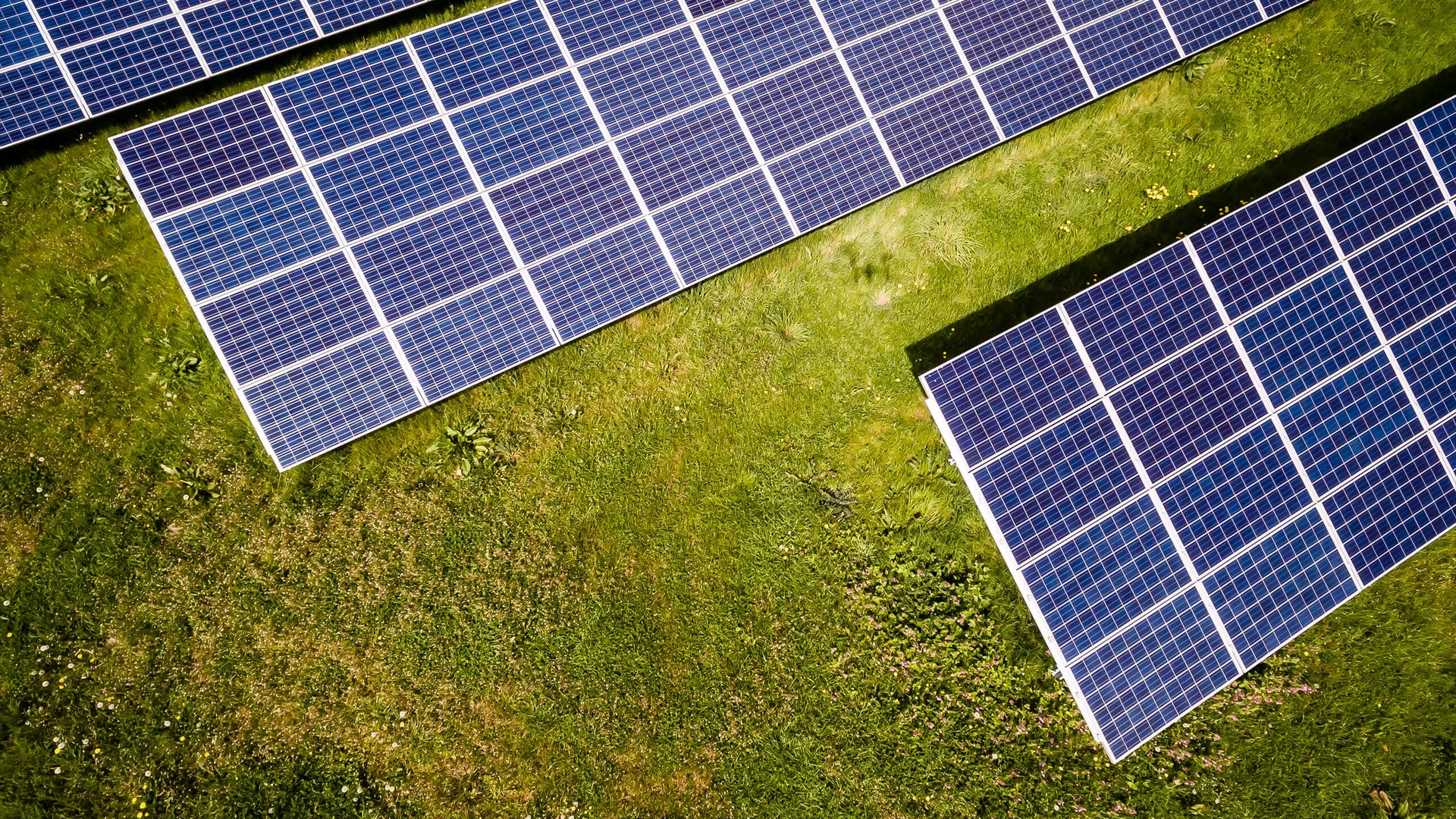Foresight Solar Fund has confirmed its continued focus on fixed revenue streams as the impact of COVID-19 continues to be felt.
Low power prices during Q2 of 2020 continued to affect Foresight, as lockdown in the UK caused demand to fall to a record low, in turn driving down prices. In May, prices reached close to £22/MWh as primary electricity demand decreased up to 10% below the previous year for periods from March until June. This had an impact on the company’s Net Asset Value (NAV) of 13.1 pence per share.
However, the company made a strategic decision to maintain a high portion of fixed revenues linked to government subsidies and fixed price arrangements in the short and medium term. This helped manage the impact of the fall in price in the merchant markets in the first half of the year.
Approximately 62% of revenue came from subsidies in 2020, with the remaining 38% from the sale of electricity.
As the UK emerged from lockdown during the summer, and many industries continued to run through the subsequent COVID-19 measures, power prices recovered to pre-pandemic levels by the end of 2020. Power prices peaked at £55/MWh in December, and overall the average power price was £37.05/MWh, a decrease of 18% year-on-year from £45.38/MWh in 2019.
Speaking to Solar Power Portal today, Ricardo Pineiro, the head of UK Solar at Foresight Solar Fund, said the impact from the power prices in terms of cash flow and forecast has been “the main factor affecting the valuation of the company”.
“But also, we take comfort from the recovery of the power prices we’re seeing at the end of the period. So especially December, we have already seen power prices that were above the pre pandemic values that we saw in 2019. So that’s very encouraging.”
Foresight was able to utilise the rebounding of the power prices to increase the percentage of energy sales under fixed price arrangements for 2021 and 2022, which represents 54% of total expected UK electricity sales. These have a weighted-average price of £44.38/MWh.
It continued its strong focus on fixed revenues for 2021, which accounts for 80% of its expected revenues, a percentage that decreases to 71% when total portfolio revenues are taken into consideration.
This is a substantial jump from 32% at 31 December 2019, against a weighted average price of £52.33/MWh, and will further support future dividends. For 2020, the company declared dividends of 6.91 pence per share, and has increased its target for FY2021 to 6.98 pence per share.
Overall, Foresight’s NAV for the year ending 31 December 2020 was £582.2 million, a drop from £628 million the previous year. Its NAV per share fell accordingly to 95.8p from 103.8p.
Foresight’s portfolio is now made up of 58 assets with a total generating capacity of 994MW across the UK, Australia and Spain – with 50 of these with a capacity of 723MW located in the UK.
As with the company’s interim results, there was strong operational performance in the UK, which performed 8.4% above budget over the year due to high irradiation and asset availability. Similarly, Foresight’s H1 results for 2020 saw its assets perform 15.9% above base case.
Alex Ohlsson, chairman of Foresight Solar Fund, praised the company’s “strong operational performance” despite the “uniquely challenging environment”.
“While we will continue to monitor and evaluate targeted growth opportunities, the year ahead will again see us focus on delivering our optimisation initiatives and a strong operational performance. The safety of all our stakeholders and our commitment to providing an attractive yield alongside positive sustainability outcomes remain our top priorities.”
Going forward, the company is expanding its focus to include battery storage solutions (BSS), identifying several sites with available land and grid capabilities for BSS co-location.
A formal proposal to allocate up to 10% of the company’s Gross Asset Value was put to shareholders during the General Meeting on 15 February 2021, and “approved overwhelmingly”.
The BSS sites are expected to represent an attractive opportunity in the future, according to Foresight, diversifying the company’s UK portfolio and providing attractive risk/return characteristics.
Foresight Solar Fund will look at both co-located and stand alone battery assets, added Pineiro, but thus far the first sites highlighted have been solar sites. This is “mainly because at the portfolio level, we have various project with additional capacity available that we’re not using”.
“We can argue that the actual cost of installing a co-located asset should be lower than a standalone because you can share many grid costs to start with… We have this large portfolio of assets and can identify a number of opportunities to actually add value; we found more than 20 assets potentially from a group perspective could accommodate a balance.”



